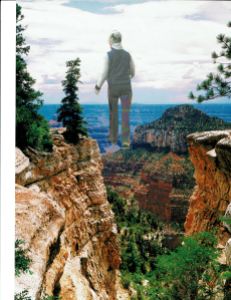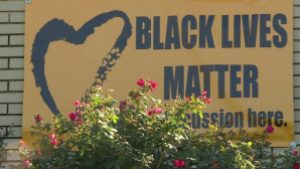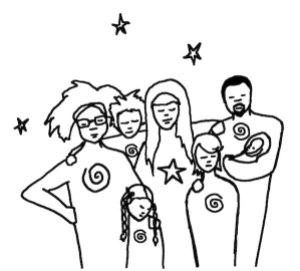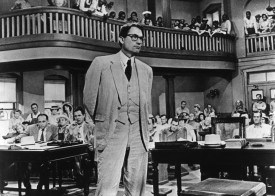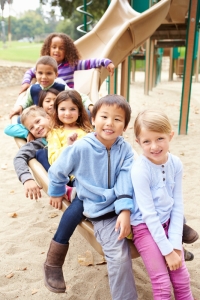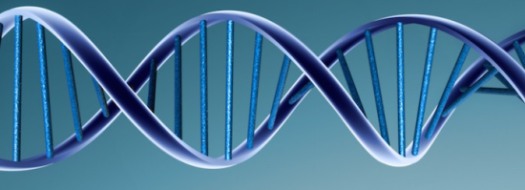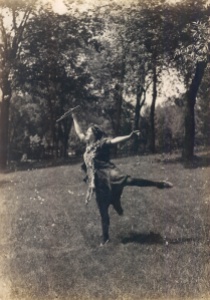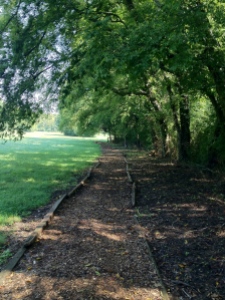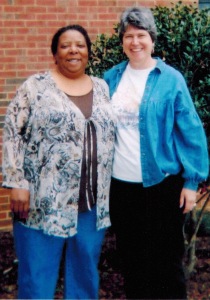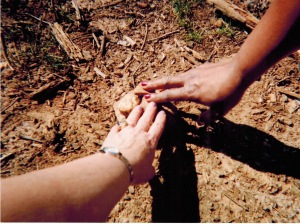 Almost three million women, children and men took to the streets around the globe on January 21, 2017. But they weren’t the only ones involved. Millions of others were intimately connected—marching in their hearts while working at their jobs, caring for themselves or others who weren’t able to participate, praying or otherwise participating at a distance.
Almost three million women, children and men took to the streets around the globe on January 21, 2017. But they weren’t the only ones involved. Millions of others were intimately connected—marching in their hearts while working at their jobs, caring for themselves or others who weren’t able to participate, praying or otherwise participating at a distance.
Like mother bears roaring to protect their cubs, voices rose from the streets in a fierce love to protect and nurture all of creation from Mother Earth under our feet to all of our global family.
We the people, we the women, have too long been in a strange mix of hibernation and fighting. The problems loomed so large, while our perspectives shrank too small. But millions of us have awakened, ready to follow in the footsteps of our grandmothers who broke rank from the powers that be and sought justice, respect and equity for all.
In our years of hibernation or activism (or whatever it looked like for you), many of us practiced listening for inner guidance—that inner voice of guidance nudging us toward the unique role we were to play at this moment in history. Since that voice is often at odds with cultural expectations, we’ve been strengthening our courage. Knowing how much harder it is to work in isolation, we women have joined together to support each other.
Nowhere is mutual support more needed than in our compassionate support of each other as the shards of our cultural training of racism, sexism, classism—and all of the other ways we’ve been taught to divide and separate—work their way out of our bones to be transformed. Unfortunately, these shards often show up in unconscious beliefs, words or actions that are profoundly in conflict with our conscious values. Horrified, it is easy to act defensively or with anger. My prayer is that we can act like compassionate mothers or midwives, supporting each other as we honestly examine and then remove these shards. Freed from outmoded and unjust shard after shard, together we can become the just people we were created and long to be.
In the mean time, emotions are high. Anger boils at words tweeted and political nominations put forth. Rage explodes as dreams collapse. Frustration burns at the slow movement toward justice.
These are real and understandable feelings. But they can also destroy our forward movement.
In the midst of the tension and chaotic energy swirling now, it is easy to let our differences explode into conflicts that shatter friendships and partnerships. Butting heads without listening to each other is precisely what has brought our world to this dangerous point. In order for something different and more beautiful to emerge, we women must lead by responding to clashes in relationships by hanging in there with honesty and remembering the bigger picture of our human connection.
Hanging in there doesn’t guarantee that the relationships/partnerships can always be repaired in the moment. Everyone has free choice in how they get to participate, and some differences make active partnership impossible for now. Nevertheless, when each of us personally acts compassionately and with integrity, it opens the door to something new emerging. When we enter the fray and then walk away, we close the door to the possibility for transformation.
The Women’s March organizers struggled with this. My hope is that the millions of marchers that were brought together on January 21 will take the next steps of collectively working together as we all continue to awaken to the impact of an unjust history and to the possibilities of a just future.
The march isn’t over. Every day our feet touch the floor (or our wheelchair footplates or the bed or…) and we can choose to listen to our mother bear hearts and our wise belly’s intuition and begin to weave a more equitable and just world.
I have deep gratitude to all of the women who marched in the streets or in their hearts to “stand together in solidarity with our partners and children for the protection of our rights, our safety, our health, and our families—recognizing that our vibrant and diverse communities are the strength of our country”*…and our world.
*Mission of the Women’s March on Washington

